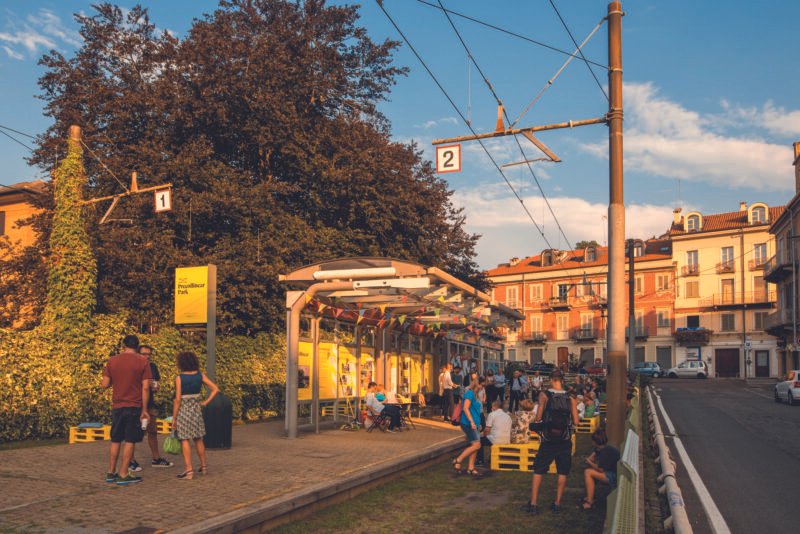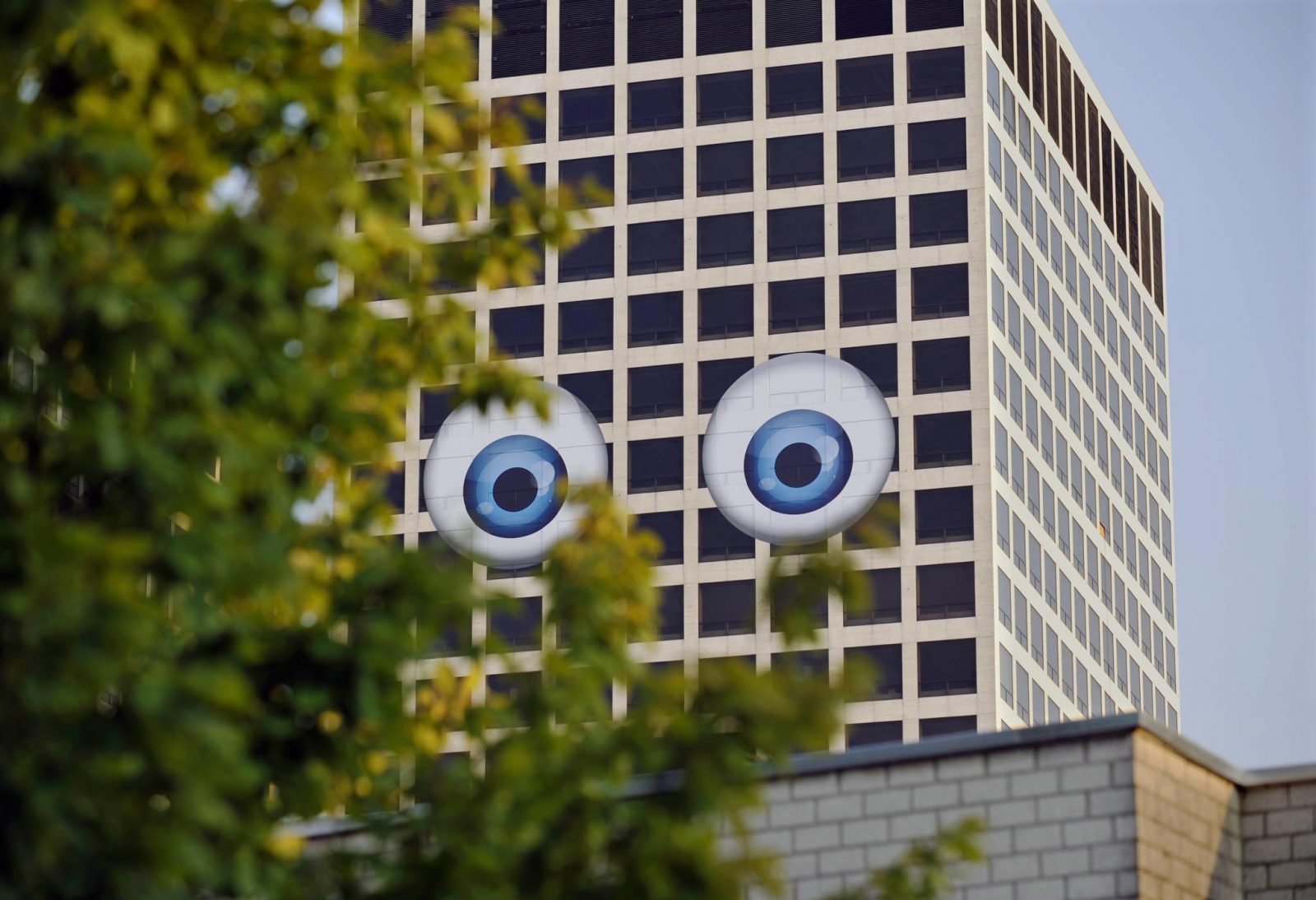How The City Became A Planter
Over the last years we stumbled upon many initiatives that focus on turning small urban objects into pretty micro gardens. It has even become pretty hard to think about an urban object that has not yet been transformed into a planter. Not only bigger objects like houses, office buildings, trucks, trains and even buses need a green topping to address climate issues, but even in the city’s smallest nooks and crannies are little green surprises waiting for our short attention.

Recently we discussed this New York City bus with a green roof that was created by a graduate student at the NYU Design Academy. But besides these ‘larger’ urban rooftop projects, micro gardening seems to become a massive trend among global city inhabitants. Paying attention, one could find a tiny micro garden on every corner of the street.

Since 2005, the San Francisco-based urban interventionist collective REBAR has been organizing a global day form for transforming individual parking lots in small urban gardens. Since Park(ing) Day has spread over the world this initiative has lead to all kinds of temporary public parks in 162 cities over the world.

In Amsterdam, the architecture office NL Architects designed a moving forest back in 2008, transforming ordinary supermarket carts into planters with trees. The temporary installation was part of the ExperimentaDesign Festival. Less movable but comparable to some extent are the gardens made in dumpsters and the large bags of sand that were changed into small green oases. In London, Steve Wheen, also known as the Pothole Gardener, fills pesky cracks in the eastern part of the city with miniature living worlds consisting of soil, plants and adorable props, with the purpose of making the world a little bit more pleasant for passers-by.

San Francisco-based urban knitter Heather Powazek Champ and guerrilla gardener Derek Powazek went even further in their urban gardening ambitions. Combining their experiences in knitting and gardening, they came up with the very best of both worlds. The couple started installing so-called plant pockets, low-maintenance species in beautifully hand-knitted yarn pockets, all over San Francisco.

Also projects like poster pocket plants and the newspaper boxes filled with plants from Toronto-based artist Posterchild are remarkable contributions to this trend. Lately we found this little Christmas tree standing in an old phone booth, just to make sure that everything could be a planter.

Also the commercial world has taken notice of the good vibes in the micro gardening scene and started to create products that make micro gardening suitable for aspirant gooders. Design*Sponge reports about these wearable planters that can be attached to bikes.

Thanks to these little 3D-printed bike planters, the micro garden gets transportable. But not only by bike. Wearable Planter offers all kinds of “jewelry for green thumbs”. The complete collections exists of necklaces, bracelets, and even earring gardens (!). Where does the madness end?



